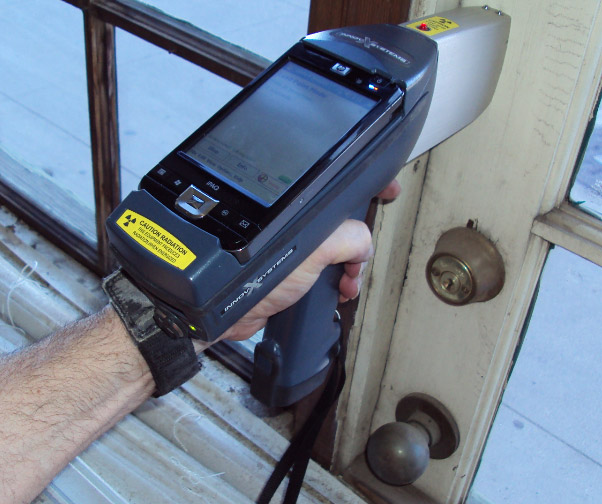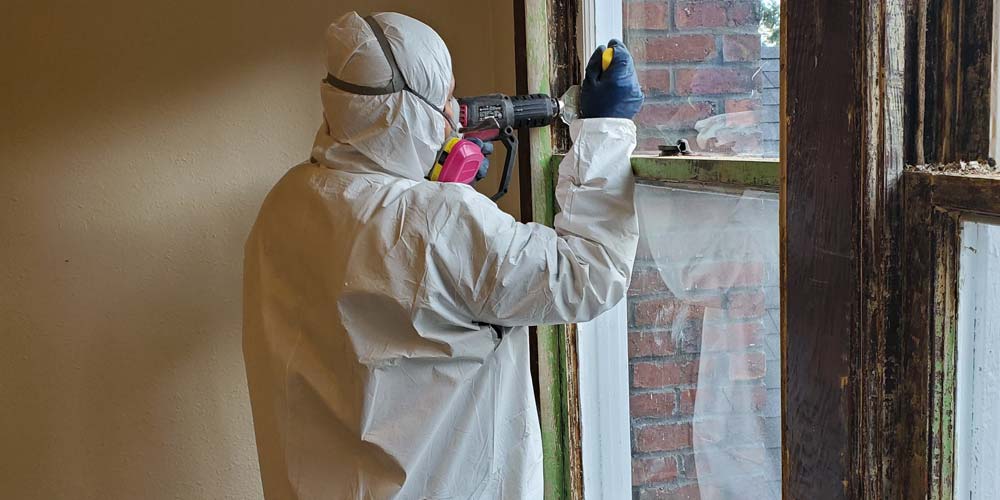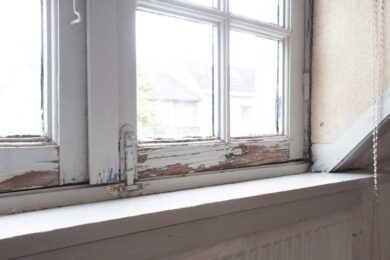Best Practices for Making Sure Safe and Comprehensive Lead Offense Abatement
Addressing lead offense reduction needs a multi-faceted method to make sure both security and compliance. It's the final clearance procedure, entailing complete assessments and lab testing, that truly validates a lead-free setting, making sure long-lasting safety. Just how do these methods interconnect to guarantee thorough lead reduction?

Preliminary Assessment
Performing a preliminary assessment is an essential very first step in lead offense abatement. This stage includes a detailed analysis of the building to determine the presence, degree, and specific areas of lead-based risks. Certified professionals, such as qualified lead inspectors or take the chance of assessors, should perform a thorough site examination, using devices like X-ray fluorescence (XRF) analyzers to properly identify and gauge lead focus in paint, dust, soil, and water.
The evaluation should additionally include a testimonial of the building's history, previous records, and any problems or wellness issues reported by passengers - Lead Removal Contractors. Documenting the findings diligently is important, as these documents create the basis for developing an efficient reduction strategy. A complete analysis also includes tasting and research laboratory evaluation, which are crucial to verify the visibility of lead and overview subsequent actions
Additionally, it is important to communicate the results transparently to all stakeholders, including homeowner, tenants, and regulatory authorities. By guaranteeing that the preliminary analysis is performed with accuracy and roughness, specialists can lay a strong structure for a targeted and reliable lead reduction procedure, inevitably guarding public wellness and making certain conformity with governing criteria.
Correct Control
Proper control is important to avoid the spread of lead contaminants throughout abatement tasks. Successfully managing control reduces the risk of lead dirt and debris migrating to non-work areas, thereby securing both the atmosphere and people outside the instant job zone.

Normal evaluations of the control area are essential to look for violations or weaknesses in the obstacle. Any determined issues must be promptly dealt with to keep the integrity of the control. By adhering to these methods, reduction projects can successfully control lead contamination and alleviate affiliated health and wellness threats.
Employee Security
Ensuring employee security is vital throughout lead reduction jobs to stop occupational exposure to dangerous lead fragments. Crucial actions include making use of individual protective devices (PPE) such as respirators, handwear covers, and full-body fits especially made to obstruct lead dust and fumes. Employees need to undertake thorough training on the appropriate usage and upkeep of PPE, including in shape testing for respirators to ensure maximum efficiency.
Design controls, such as neighborhood exhaust ventilation systems, are vital in reducing air-borne lead concentrations in the workplace. Administrative controls must likewise be executed, including limiting the period of direct exposure and turning employees to lower specific direct exposure times. Normal clinical monitoring and organic surveillance are essential for very early detection of lead absorption, making it possible for timely intervention and therapy.
Additionally, establishing a decontamination protocol is crucial. Workers should adhere to rigid purification procedures prior to breaks and at the end of their shift to avoid lead dust from being brought outside the workspace. This consists of detailed hand and face washing with lead-specific cleaning agents and altering out of polluted garments.
Precise Cleaning
Preserving a risk-free work setting extends past worker defense and incorporates thorough cleaning to guarantee lead particles are extensively you can try these out removed from the website. The process of meticulous cleaning is critical in stopping the recontamination of the mellowed out location and protecting both current and future owners.
To accomplish a detailed cleanup, all workspace have my blog to be methodically decontaminated. This entails using specialized HEPA (High-Efficiency Particulate Air) vacuum and wet-wiping techniques to catch and remove fine lead dirt that may have picked surfaces. It is essential to clean all horizontal surfaces, consisting of floors, window sills, and counter tops, as well as vertical surfaces that might have trapped lead fragments.
Employees must put on appropriate personal safety devices (PPE) throughout clean-up to stay clear of exposure to recurring lead dust. Made use of cleaning materials such as wipes, sponges, and wipe heads ought to be gotten rid of in accordance with unsafe waste disposal laws.

Final Clearance
Final clearance is the critical concluding stage of lead reduction that establishes whether the website is secure for reoccupation. This important action includes thorough examination and screening to verify that all lead threats have actually been successfully gotten rid of. The process starts with a visual inspection by a qualified lead-based paint examiner or risk assessor to guarantee Your Domain Name no noticeable dust or particles continues to be. This is adhered to by accumulating dust clean samples from various surface areas, including floorings, windowsills, and various other horizontal surfaces. Lead Removal Contractors.

Final clearance screening not just safeguards future passengers however additionally makes sure conformity with neighborhood, state, and federal laws. Furthermore, it functions as a documented validation of the abatement professional's adherence to sector finest methods. Making sure a complete and successful last clearance is necessary in guarding public wellness and promoting rely on the reduction process.
Verdict
Making sure secure and comprehensive lead offense abatement necessitates a diverse method including initial assessments with innovative detection approaches, reliable control techniques, rigid employee security methods, and thorough cleanup procedures. The last clearance stage, including detailed examinations and research laboratory screening, is vital to verify conformity with EPA standards. Adherence to these best practices assures a secure environment for occupants, mitigates wellness risks, and upholds regulative demands, therefore advertising public health and security in lead-affected areas.